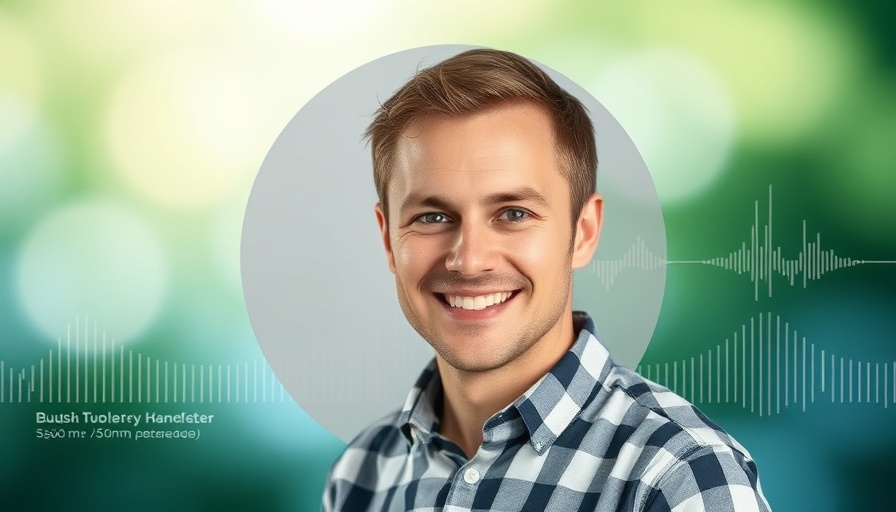
Finding Stillness in the Flow
In a world that often feels overwhelming, finding tranquility can be a challenge. Meditation, particularly the practice of focusing on body sensations, offers a path to ease through mindfulness. As described by Toby Sola in a recent guided meditation, achieving a flow state is not just about quieting the mind—it's about learning to ride the waves of our internal experiences, an essential skill for enhancing mental clarity and emotional well-being.
Understanding the Impermanence of Sensation
Impermanence is a central theme in many contemplative practices. It’s the understanding that all experiences, including our body sensations, are fleeting. This realization helps cultivate acceptance and presence. By closely observing the evolving nature of our sensations, as Sola suggests, we practice anchoring ourselves in the moment. Whether it’s the sensation of warmth creeping into our fingers or the busyness of thoughts in the background, recognizing these transitions helps us confront the chaos of daily life with more ease.
The Power of Labels in Focused Awareness
Labels are not just words; they can be powerful tools in enhancing our focus during meditation. By naming sensations as either 'flow' or 'stable', meditators can sharpen their concentration and deepen their engagement with the present moment. This method allows us to not only acknowledge what we are feeling in our bodies but also to create a dialogue with ourselves that fosters mindfulness. Speaking the labels—whether internally or aloud—serves to center our thoughts, particularly during periods of distraction, ensuring we return to our bodies and breath amidst the busy clamor of life.
Practical Steps to Enhance Your Meditation Experience
1. **Get Comfortable**: Find a quiet space where you won't be interrupted. Sit or lie down in a comfortable position, allowing your body to relax thoroughly. Take a moment to let go of tension, allowing your body to feel heavy against the surface beneath you.
2. **Set an Intention**: Before you start, set a clear intention for your practice. This could be as simple as wanting to cultivate peace or to gain better insight into your emotional landscape.
3. **Focus on Your Breath**: As you begin the meditation, anchor your attention to your breath. Notice how your chest rises and falls, and follow this rhythm throughout your practice.
4. **Introduce Labels**: As you delve deeper into sensation, implement the labeling technique suggested by Sola. Notice any sensations in your body, and use the labels 'flow' or 'stable' to categorize what you experience.
5. **Reflect After Practice**: After concluding your meditation, take a few moments to reflect. Write down any insights or sensations you experienced. This helps solidify your meditation practice and encourages continued exploration of your sensations.
The Journey to a Mindful Lifestyle
Establishing a meditation practice centered around body sensations can significantly impact our mental health. The ability to be present, acknowledge impermanence, and hone our concentration skills not only facilitates smoother meditation sessions but also extends beyond the cushion into our daily lives. As we navigate through tasks, interactions, and moments of tension, returning to this practice can become a powerful tool for emotional regulation and well-being.
Inspiring Mindfulness Practices
Many individuals have found solace in the structured approach of guided meditations. Communities centered around mindful practices frequently share their experiences, highlighting the importance of persistence and the transformative journey toward mindfulness. Encouraging each other in these practices creates an engaging environment for growth, where each unique experience can resonate with someone else's journey. Make it a goal to connect with a community or even a trusted friend to share your experiences and support one another.
Ultimately, the practice of meditation can lead to profound changes in our lives. By dedicating ourselves to understanding the flow of sensations, we cultivate a greater acceptance of our experiences, which can reduce anxiety and promote a more joyful life. As you embark on your meditation journey, remember that each step is a testament to your commitment to self-discovery and well-being. Explore, reflect, and, most importantly, enjoy the ride!
 Add Row
Add Row  Add
Add 




Write A Comment